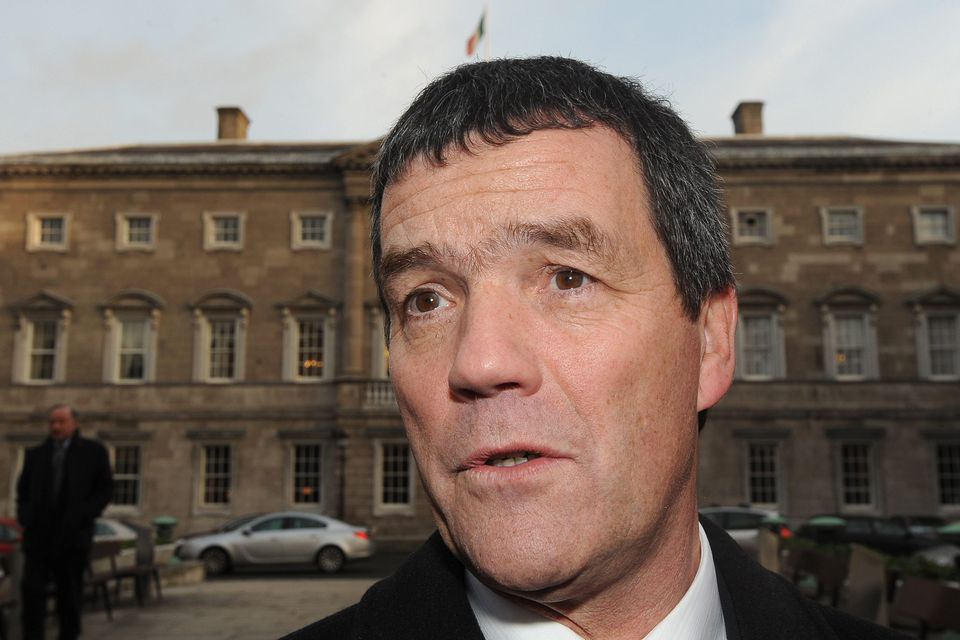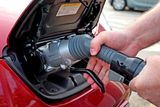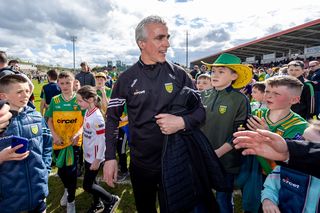Why roads are safer after 50 years of the Driving Test
Our RSA experts looks back on some bizarre events along the way
Noel Dempsey's appointment has sparked criticism
Tokyo hosted the Olympics, Martin Luther King won the Nobel Peace Prize,' My Fair Lady' picked up seven Oscars and Beatle mania was at its height. It was also the year that the first driving test was carried out in Ireland. The year was 1964; March 18 to be exact.
Everyone remembers their first driving test. It's a rite of passage.
There are no records around to tell us what that first one involved, but I'll bet the candidates were just as nervous.
According to reports in the Irish Independent at the time, March 16, 1964 was the last day you could get a licence without taking a driving test. The paper reported that almost 5,000 applied for a licence to beat the deadline.
One of the first to take the new test was the then Minister for Local Government Neil Blaney. He passed.
The first test took place in Parkgate Street on Dublin's northside. Initially, no tests were conducted outside Dublin. There were only five testers. Numbers increased; by the 70s there were more than 30 examiners. Nowadays, there are 104 testers in 49 driving test centres.
The change over those 50 years is extraordinary. In 1964 there were just more than 400,000 vehicles and 534,000 drivers on the roads. Now there are more than 2.4 million vehicles and 2.6 million drivers. Yet, you are safer on the roads today; 341 died in crashes in 1964 compared with 190 in 2013.
We test around 140,000 drivers a year. But, after completing the original test a candidate would have received their results on a report sheet, marked simply with a series of `x`s and `o`s. Today, the test is recorded electronically and results emailed. Now four out of five candidates book their test on line and have the option to self-schedule the location, date and time.
The test hit a few bumps along the way. In 1979 anywhere from 25,000 to 50,000 driving licences were given out to those who had never taken a test. There had been a lengthy postal strike and no applications could be received or posted. Not many had telephones back then (two years to get one installed), so tests could not even be arranged by phone. This led to a huge backlog. The then Environment Minister, Sylvester Barrett decided the best way to sort it out was to declare an amnesty. So a full driving licence was given to candidates who held a second provisional licence, as it was called then.
Later, it transpired that some insurance companies refused to allow them a reduced premium because they had not passed the test. Some then applied to do the test to qualify but were refused because they already held a full licence.
In the early 2000s, the then Transport Minister, Seamus Brennan, indicated he was considering forcing people to do their driving test before they reached their third provisional licence. This led to a huge influx of driving test applications. In 2007, minister Noel Dempsey ended the exemption that allowed those on a second provisional licence to drive unaccompanied. This caused another spike in applications. By this time, waiting times for a test were reaching 40 weeks or more in some cases. To tackle the backlog, thousands of driving tests a week were carried out and waiting times are now just six to eight weeks.
In 2006, the RSA took charge of the test and there have been significant reforms. The test is now a central part of a new Graduated Licensing system. There are mandatory driving lessons. The driving instruction industry was regulated in 2009. So now we have more than 1,800 professional instructors.
Without doubt the driving test has saved countless lives over the years - and will continue to do so for the next 50 years.
Join the Irish Independent WhatsApp channel
Stay up to date with all the latest news















